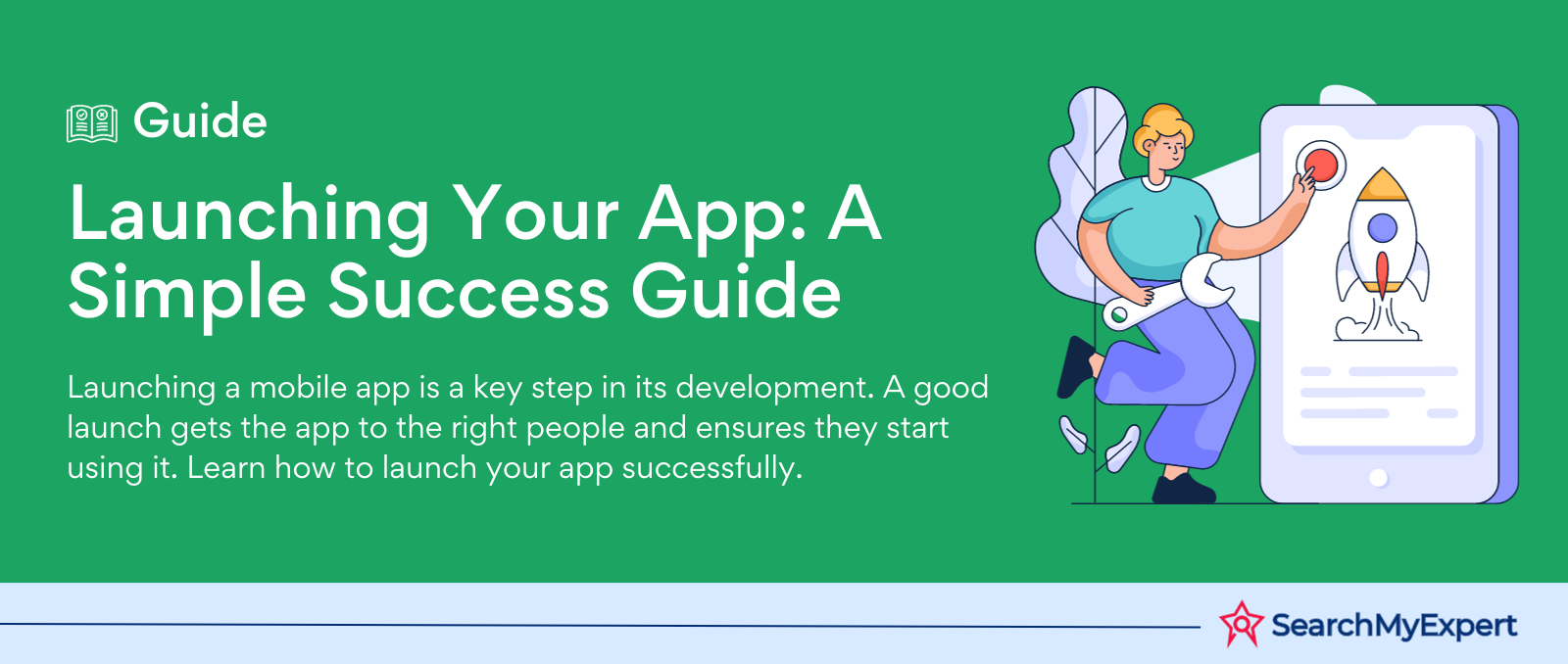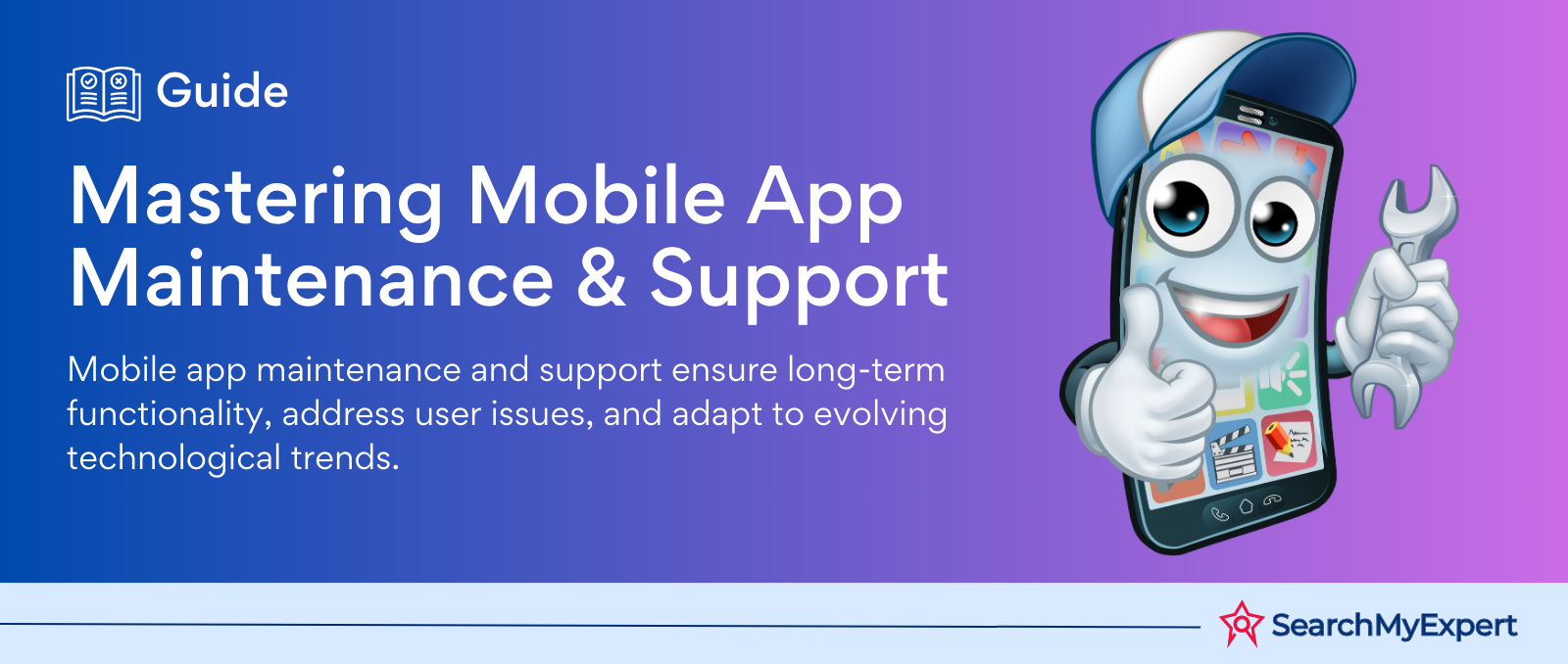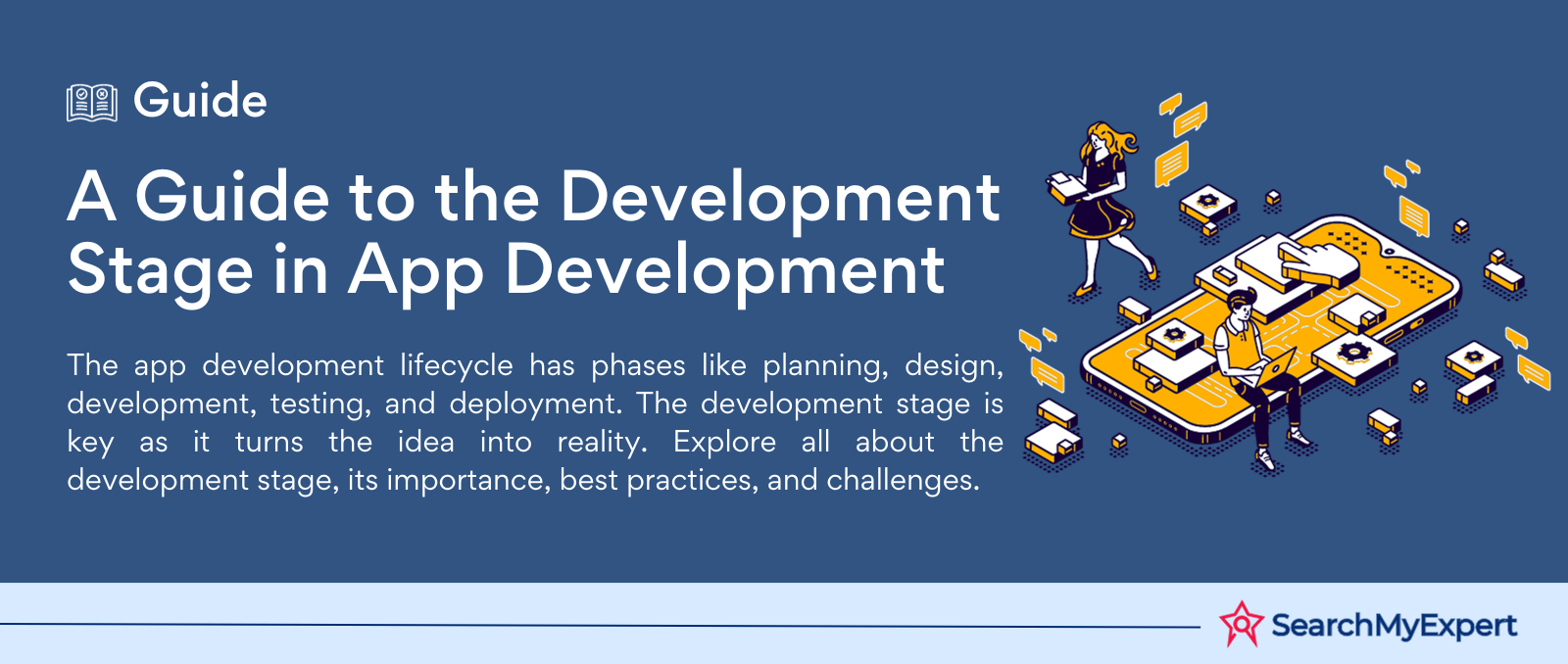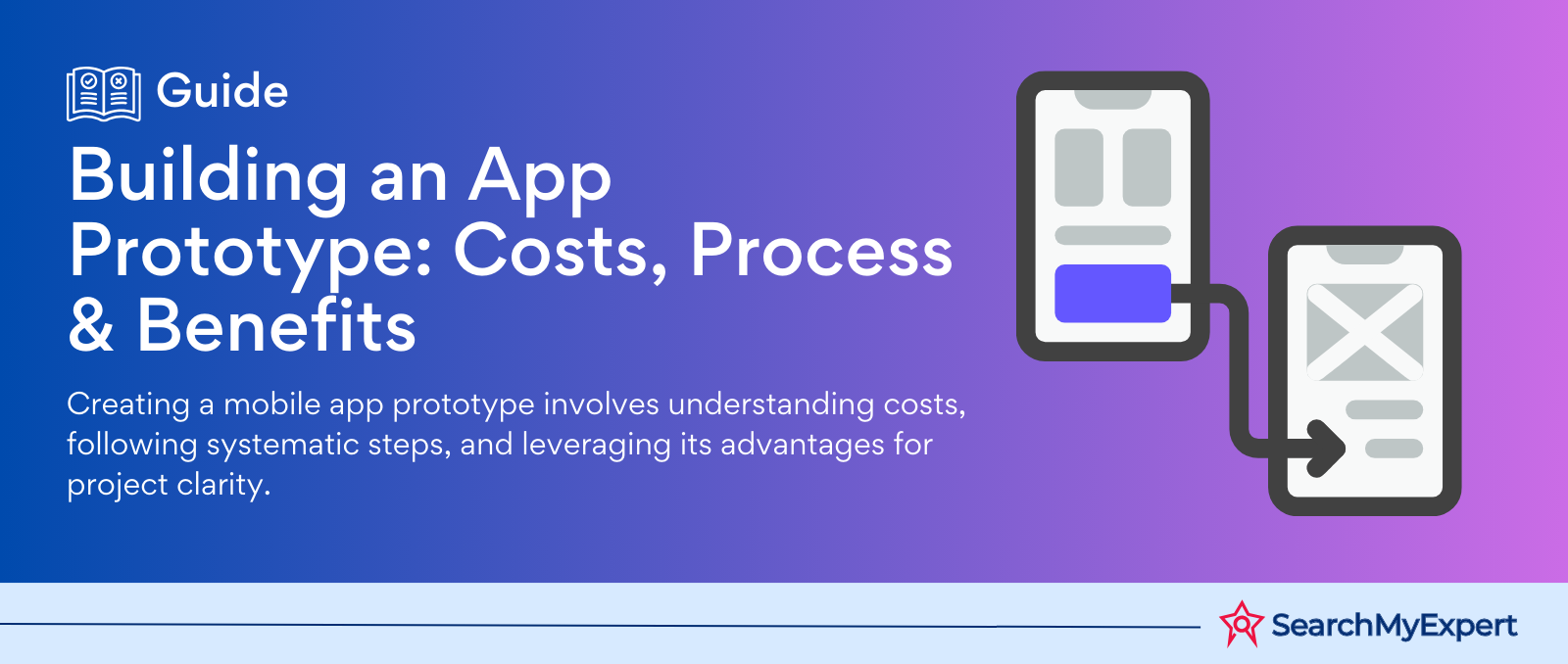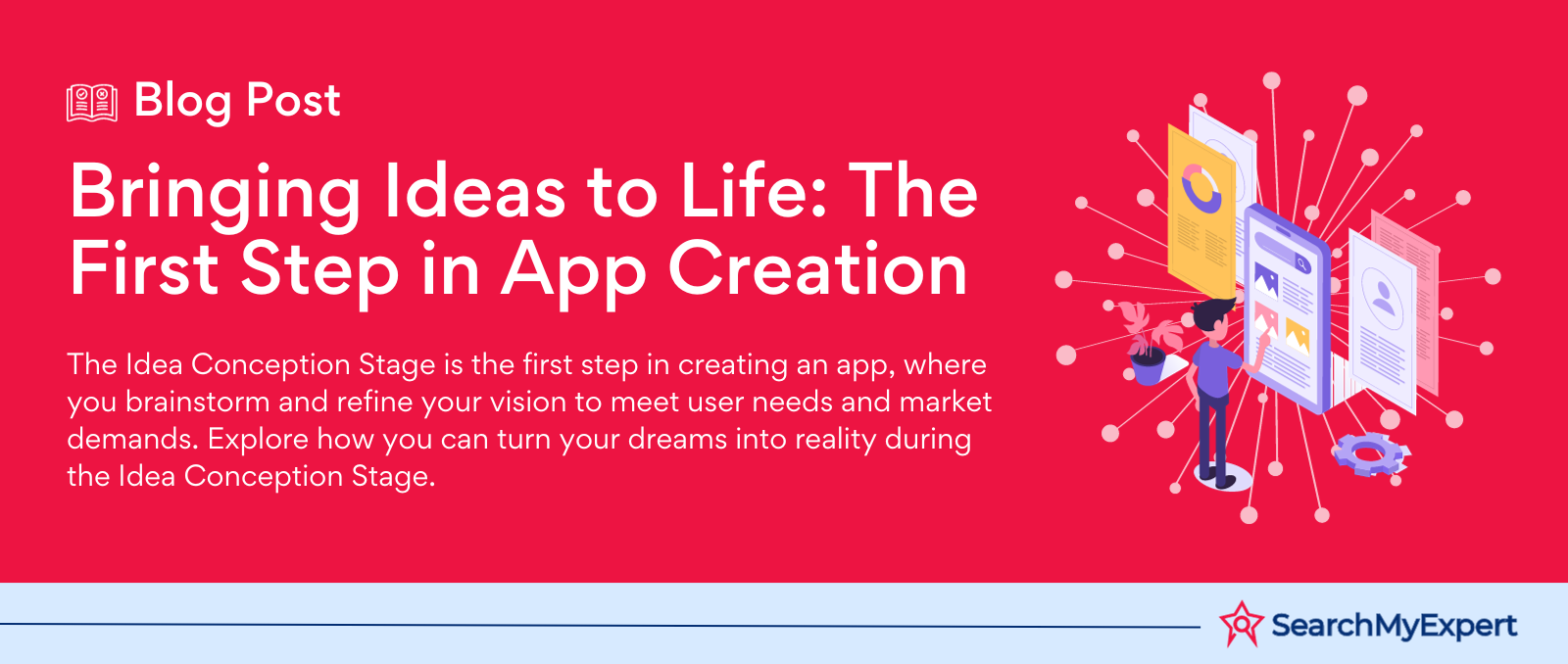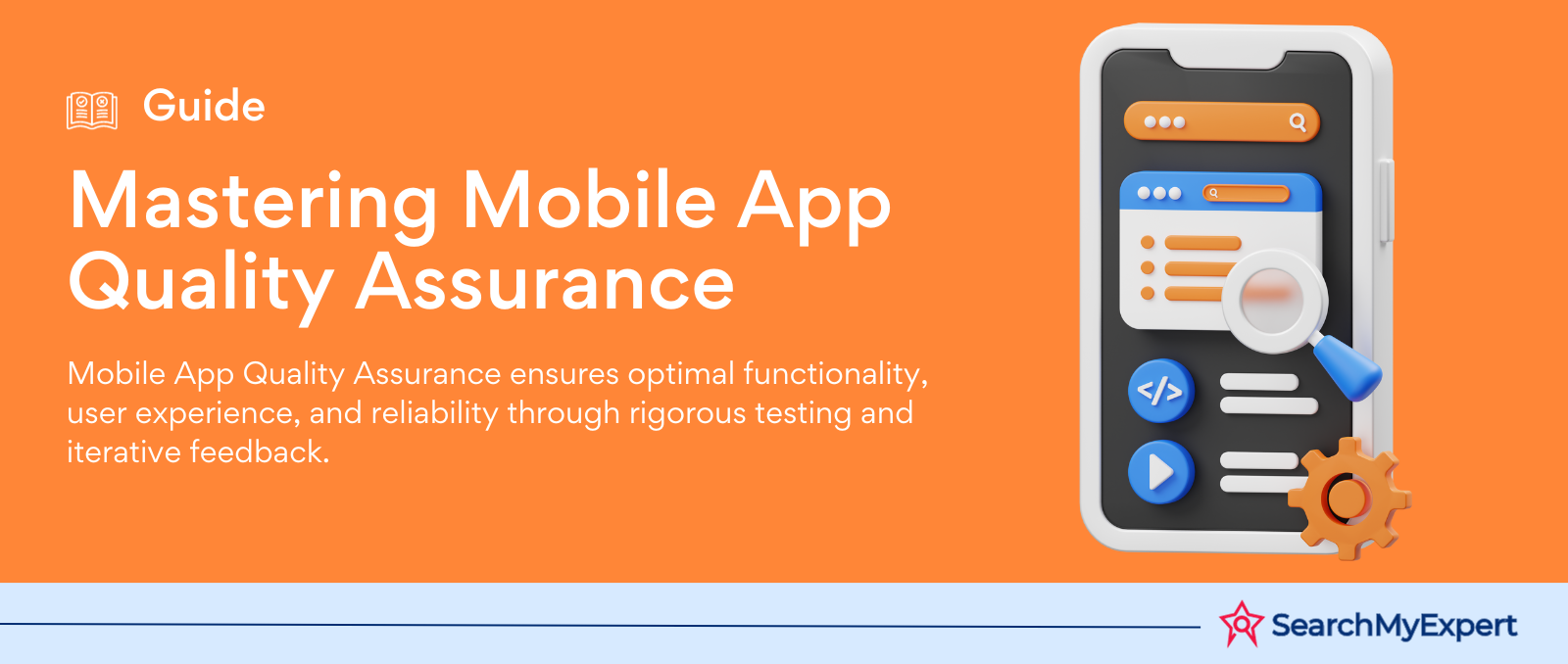Developing Accessible Game Design for the Future: Empowering All Players
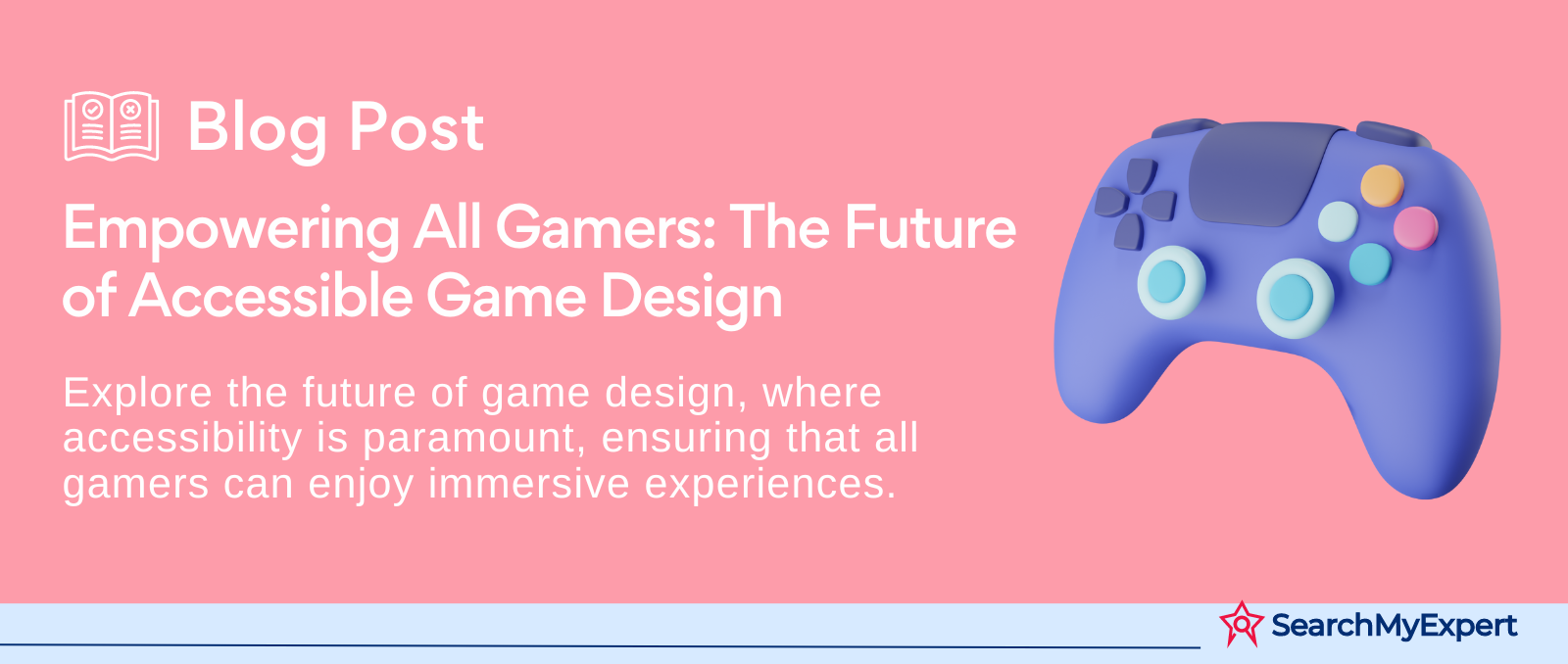
Accessibility in Gaming: Embracing Diversity for Enhanced Experiences
Gaming Accessibility Design
The Value of Inclusivity in Gaming
In the vast universe of gaming, inclusivity isn't just a buzzword—it's a pivotal factor shaping the industry's future. Imagine a world where games are not just for entertainment but are gateways to new experiences, learning, and social interaction. Here, inclusivity isn't an afterthought but the core of game design, making gaming a universal language.
A Diverse Gaming Demography
The gaming landscape is as diverse as it gets, with players from all walks of life, each bringing their unique perspective. It's a melting pot of ages, cultures, and abilities. This diversity isn't just about numbers; it's about stories, experiences, and dreams. Every player, regardless of their physical or cognitive abilities, yearns for an experience that resonates with them.
Why It Matters
Inclusivity in gaming matters because it reflects our society. It's about recognizing and valuing the diverse needs of a growing gamer demographic. By embracing inclusivity, the gaming industry doesn't just grow; it evolves into a more empathetic, understanding, and creative space.
Defining Game Accessibility
The Essence of Game Accessibility
Game accessibility is about dismantling barriers. It's a commitment to design games that are playable and enjoyable by everyone, including those with disabilities. This concept is not just about compliance; it's about creating experiences that are genuinely accessible to all.
Key Components of Accessibility
- Physical Accessibility: Tailoring controls and interfaces to be usable by players with motor disabilities.
- Sensory Accessibility: Ensuring game content is perceivable by players with visual or auditory disabilities.
- Cognitive Accessibility: Designing games that are understandable and navigable, catering to players with cognitive challenges.
Benefits of Accessible Design
For Developers
- Increased Audience: Accessible games tap into a wider market, reaching players who might otherwise be excluded.
- Positive Reputation: Commitment to accessibility earns respect and loyalty from players and the industry.
For Players
- Improved Experience: Accessible games provide a more inclusive and fulfilling gaming experience.
- Diverse Representation: When games are accessible, they mirror the diversity of their audience, promoting greater representation.
Understanding Player Needs
Types of Disabilities Impacting Gameplay
- Motor Disabilities: Challenges with fine motor skills affecting gameplay interactions.
- Visual Disabilities: Ranging from partial vision to complete blindness, impacting visual perception of games.
- Auditory Disabilities: Hearing impairments affecting the auditory experience of games.
- Cognitive Disabilities: Diverse cognitive conditions impacting memory, attention, and problem-solving skills in gaming.
Barriers to Accessibility
Identifying game elements that can hinder accessibility is crucial. These include:
- Complex Controls: Difficult for players with motor disabilities.
- Non-Adjustable Text Size: A barrier for players with visual impairments.
- Lack of Subtitles: Challenging for players with hearing impairments.
- Overwhelming Interfaces: Problematic for players with cognitive disabilities.
Player Personas & User Research
Creating player personas based on diverse abilities is vital. This involves:
- Understanding Challenges: Identifying the specific needs and preferences of players with disabilities.
- Inclusive Design: Using this knowledge to design games that are accessible and enjoyable for all.
Designing Accessible Game Elements: A Pathway to Inclusivity
Designing Accessible Game Elements
Creating a game that's truly accessible involves meticulous attention to various elements, from controls to interfaces. Let's dive into the specifics of designing accessible game elements.
Input & Controls: Beyond Traditional Gameplay
Alternative Control Schemes
- Variety in Options: Offering different control schemes caters to diverse motor abilities.
- Eye-Tracking and Motion Sensors: These technologies allow players to interact with games using body movements or eye gaze, making gaming accessible for those with limited hand mobility.
Input Customization Options
- Remappable Controls: Letting players reassign game controls to suit their comfort and needs.
- Adjustable Sensitivity: Tailoring the responsiveness of controls for precision or ease of use.
Support for Assistive Devices
- Adaptive Controllers: Specialized controllers designed for players with limited mobility.
- Voice Recognition Software: Allowing voice commands for gameplay, an essential feature for players with motor disabilities.
Interface & Visual Design: A Picture of Accessibility
Emphasizing Clear Visuals
- Simple and Intuitive Design: Avoiding overly complex interfaces that can be confusing.
- Use of Symbols and Icons: Visual cues that are universally recognized enhance understanding.
High Contrast and Adjustable Text Size
- High Contrast Modes: Essential for players with visual impairments, as they enhance readability.
- Scalable Text: Offering the option to adjust text size helps players with varying levels of vision.
Incorporating Audio Cues
- Descriptive Sound Design: Using sounds to convey important game information.
- Speech Output for Text: Providing an option for text-to-speech for players who have difficulty reading.
Information & Navigation: Guiding Players with Ease
Implementing Clear Instructions
- Step-by-Step Tutorials: Breaking down game mechanics into manageable steps.
- Consistent and Predictable Layouts: Ensuring that players can learn and remember navigation patterns.
Audible Menus
- Voice Navigation: Allowing players to navigate menus using voice commands.
- Auditory Feedback: Sounds that confirm menu selections or actions.
Logical UI Layout
- Intuitive Placement of Elements: Arranging interface elements in a way that feels natural and is easy to understand.
- Customizable Interfaces: Enabling players to rearrange UI elements to suit their preferences.
Audio Design for Accessibility in Gaming: Crafting Inclusive Soundscapes
Audio Design for Accessibility
Audio design in gaming is not just an aesthetic choice but a crucial element in creating an inclusive experience. Let's explore how sound and music can be tailored for accessibility.
Sound & Music Design: More Than Just Background Noise
Supporting Navigation and Feedback
- Directional Sound: Utilizing 3D audio to help players locate objects or characters in the game environment.
- Distinctive Audio Feedback: Unique sounds for different actions and events, aiding players in understanding the consequences of their actions.
Enhancing Storytelling for Players with Hearing Impairments
- Vibrations and Haptic Feedback: Conveying story elements through tactile sensations, especially beneficial for players with hearing impairments.
- Visual Accompaniments to Sound: Pairing key audio moments with visual effects to ensure that the narrative is accessible to all players.
Subtitle & Text-to-Speech Options: Bridging the Communication Gap
Comprehensive Captioning
- Subtitles for All Dialogue: Ensuring every spoken word is captioned, not just essential dialogue.
- Captioning Sound Effects: Describing background noises and sound effects in captions to provide a complete understanding of the game's atmosphere.
Exploring Text-to-Speech Options
- Narration of Text-Based Content: Allowing players to listen to written content, useful for players with visual impairments or reading difficulties.
- Customizable Speech Options: Letting players adjust the speed and pitch of text-to-speech to match their preferences.
Audio Cues & Feedback: A Symphony of Guidance
Reinforcing Visual Information with Sound
- Complementary Audio Cues: Using sounds to emphasize or clarify visual elements in the game.
- Environmental Cues: Crafting ambient sounds that help players orient themselves in the game world.
Providing Feedback on Player Actions
- Immediate Auditory Feedback: Sounds that immediately follow a player's action, confirming its success or failure.
- Dynamic Soundscapes: Adjusting the game's audio dynamically based on the player's actions and decisions.
Building Accessibility into Game Development: A Roadmap for Inclusivity
Building Accessibility into Development
Integrating accessibility into game development is a proactive process. It's about building a foundation for inclusive gaming from the get-go. Let's explore how developers can achieve this.
Accessibility Checklist & Guidelines: Your Blueprint for Inclusive Gaming
Leveraging Established Resources
- W3C Web Accessibility Initiative (WAI): Although primarily for web accessibility, WAI's principles are a goldmine for understanding the fundamentals of accessible design.
- Game Accessibility Guidelines (GAG): A comprehensive resource specifically tailored for game development, covering a wide spectrum of disabilities.
Incorporating Guidelines into Game Design
- Early Integration: Implementing these guidelines from the early stages of game development.
- Customization to Game Specifics: Adapting general guidelines to fit the unique aspects and mechanics of each game.
Accessibility Testing & Iteration: An Ongoing Process
Integrating Testing Throughout Development
- Regular Accessibility Audits: Conducting thorough reviews of game features in terms of accessibility at each stage of development.
- User Testing with Diverse Players: Involving players with disabilities in the testing process to gain real-world insights.
Ensuring Ongoing Improvement
- Iterative Design Process: Continuously refining and improving accessibility features based on feedback and testing results.
- Updating Games Post-Launch: Committing to accessibility improvements even after the game is released.
Collaboration with the Gaming Community: A Partnership for Change
Partnering with Players with Disabilities
- Direct Feedback and Insights: Engaging with players who have firsthand experience of the challenges in gaming accessibility.
- Community-driven Development: Encouraging an open dialogue with the gaming community to guide development decisions.
Working with Accessibility Experts
- Consultation with Specialists: Collaborating with experts in accessibility to ensure that games meet established standards and best practices.
- Building Relationships with Advocacy Groups: Forming partnerships with organizations dedicated to disability advocacy in gaming.
Promoting Accessible Games: A Strategy for Inclusivity and Awareness
Promoting Accessible Games
Promoting accessible games is as crucial as developing them. It's about raising awareness, advocating for inclusivity, and building a community where every player feels valued. Let's delve into the strategies that can amplify the reach and impact of accessible games.
Highlighting Accessibility Features: A Marketing Imperative
Communicating Accessibility in Promotions
- Clear Descriptions: Providing detailed information about accessibility features in marketing materials.
- Visual Demonstrations: Using trailers and screenshots to showcase these features in action.
Incorporating Accessibility in All Promotional Materials
- On Digital Platforms: Highlighting accessibility features on game websites, social media, and digital storefronts.
- In Physical Packaging: Including accessibility information on game boxes and instruction manuals.
Accessibility Advocacy: Championing Inclusivity in Gaming
Raising Awareness Through Industry Events
- Conferences and Expos: Participating in gaming conferences to discuss and demonstrate the importance of accessibility in games.
- Accessibility Panels and Talks: Hosting or participating in discussions focused on game accessibility.
Awards and Collaborations
- Awards for Accessible Games: Encouraging and participating in award categories that recognize accessibility in games.
- Partnerships with Disability Organizations: Collaborating with organizations dedicated to disability advocacy to raise awareness and credibility.
Building an Inclusive Gaming Community: Beyond the Game
Fostering a Welcoming Environment
- Community Guidelines: Establishing and enforcing rules that promote respect and inclusivity.
- Accessible Communication Platforms: Ensuring that forums, chat rooms, and other community platforms are accessible.
Engaging with All Players
- Regular Feedback Loops: Creating channels for players to provide feedback on accessibility and inclusivity.
- Inclusive Events and Contests: Organizing community events that are accessible and enjoyable for all players.
Embracing the Future of Accessible Game Design
The Path Forward in Game Accessibility
The future of accessible game design is bright, teeming with possibilities and innovations that promise to make gaming an even more inclusive and enjoyable experience for all.
Emerging Technologies and Trends in Accessibility
Virtual Reality (VR) and Augmented Reality (AR)
- Immersive Experiences: VR and AR technologies are opening new doors for immersive gameplay, offering unique ways for players with disabilities to engage.
- Adaptive Interfaces in VR/AR: Development of interfaces that can be tailored to a wide range of physical and sensory abilities.
Artificial Intelligence (AI) and Machine Learning
- Personalized Gaming Experiences: AI can adapt game difficulty and settings in real-time, catering to individual player needs and abilities.
- Predictive Text and Voice Recognition: Enhancements in AI-driven communication tools can vastly improve the gaming experience for players with speech or mobility impairments.
Advanced Haptic Feedback
- Tactile Gaming: The evolution of haptic technology offers new ways for players to 'feel' the game, particularly beneficial for players with visual impairments.
- Sensory Substitution: Translating visual or auditory information into tactile feedback, opening up new possibilities for sensory-impaired gamers.
A Call to Action: Building a More Inclusive Gaming World
For Developers
- Embrace Inclusivity: Consider accessibility as a fundamental aspect of game design, not an afterthought.
- Stay Informed and Innovative: Keep abreast of emerging technologies and trends that can enhance accessibility.
- Engage with the Community: Collaborate with players with disabilities and accessibility experts to understand needs and perspectives.
For Players
- Advocate for Accessibility: Players can play a significant role in promoting accessibility by providing feedback and supporting games that prioritize inclusivity.
- Foster an Inclusive Community: Contribute to creating a welcoming and supportive environment for all players, regardless of their abilities.
Conclusion
The future of accessible game design is a journey of continuous innovation and empathy. It's about leveraging emerging technologies and embracing inclusivity at every step. As developers and players, we have the power to shape a gaming landscape that is not only technologically advanced but also profoundly inclusive. By working together towards this goal, we can ensure that the world of gaming is a place where everyone, irrespective of their abilities, can play, explore, and connect.
Take your gaming project to new heights with Game Development Companies.
share this page if you liked it 😊
Other Related Blogs

Mastering Docker for App Development: A Comprehensive Guide to Benefits, Use-Cases, and Alternatives
STAY UP TO DATE
GET PATH'S LATEST
Receive bi-weekly updates from the SME, and get a heads up on upcoming events.
Contact Us




